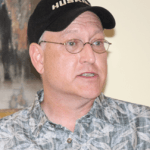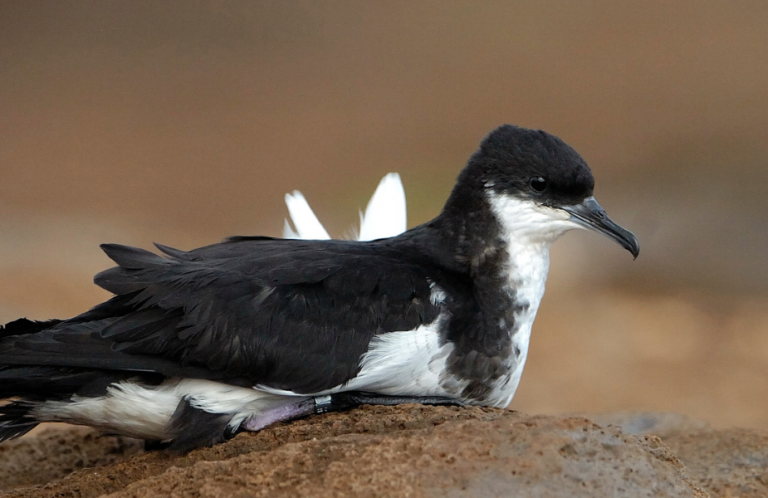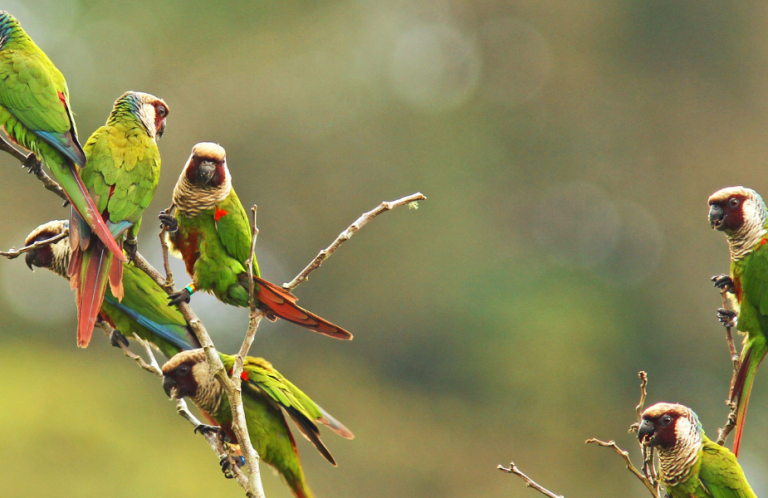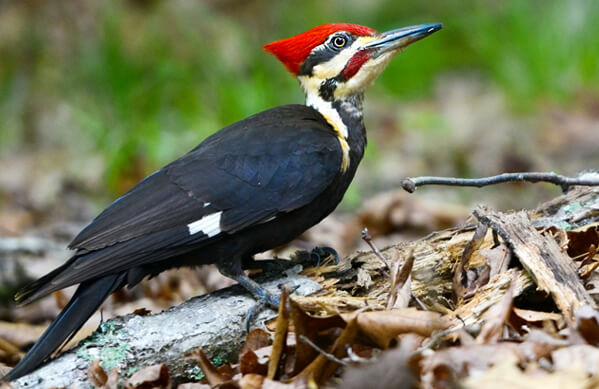What's Next For Eagles? Behind the Court Ruling
A federal court in California delivered a big win for eagles this week, ruling that the U.S. Fish and Wildlife Service violated federal law by expanding the duration of eagle take permits from 5 up to 30 years without first assessing the impact those rules would have on the birds.
American Bird Conservancy filed the lawsuit last year. We contended that the U.S. Department of the Interior did not offer a strong legal or scientific justification for increasing the duration of the permits. Here, Dr. Michael Hutchins, Director of ABC's Bird-Smart Wind Energy Campaign, provides some context on the court ruling — and why it matters for our nation's Bald and Golden Eagles.
ABC: What does it mean to “take” eagles?
Michael Hutchins: A "take" is essentially any activity that results in or could result in the injury or death of a federally protected species. As applied to eagles, it also involves conduct that may “disturb” eagles by, for instance, interfering with nesting or other essential biological functions.
ABC: Bald and Golden Eagles are protected under the Bald and Golden Eagle Protection Act, which makes it unlawful for any person or company to “take” them without a permit from the U.S. Fish and Wildlife Service. Under what circumstances would a person or a company apply for such a permit?
MH: Any developer should apply for an incidental take permit if their construction or operation may result in the take of federal protected species under the Endangered Species Act or Bald and Golden Eagle Protection Act. There is no permit specifically tailored for incidental — or, accidental — take under the Migratory Bird Treaty Act, although ABC has petitioned the FWS to develop one. The Service is currently exploring how this might be accomplished.

Golden Eagle, Michael Ninger/Shutterstock
ABC: Why are wind companies interested in this kind of permit?
MH: It limits the extent of their liability for accidentally killing eagles as a result of their normal operations. Without an incidental take permit under the Endangered Species Act or the Bald and Golden Eagle Protection Act, wind companies would be in violation of federal law and potentially subject to expensive fines and mitigation, and they could also be criminally prosecuted. Only two wind energy companies have been prosecuted so far — Duke and Pacificorp — for killing federally protected birds.
ABC: Until 2013, the U.S. Fish and Wildlife Service had a rule in place that allowed wind companies to apply for permits that would allow them to “take” eagles for up to five years. Why did the agency change the rule to a 30-year term?
MH: It was a decision based purely on economics, not biology. Wind industry proponents argued that permits needed to be for the 30-year duration of a project, rather than at five-year intervals. The justification was that unless the permits were longer, the uncertainty would drive investors away.
ABC: Why was this new rule bad news for eagles?
MH: Current U.S. wind energy policy amounts to a giant experiment with our eagles at risk. It is well known that poorly sited wind energy can result in numerous eagle deaths, but the FWS did not go through a required process that would have involved a detailed assessment of the potential cumulative impact of wind energy development on eagle populations. Golden Eagle populations, in particular, are not well-studied or understood, so there is a glaring lack of information on which to base siting and other decisions.

Bald Eagle, Mike Parr
ABC: The FWS is appointed to protect our nation's wildlife. How could this happen under their watch?
MH: ABC does a great deal of good work with FWS. Unfortunately, the agency's budget and staff have been cut back considerably over the past few years, making it more difficult to do their important job of permitting, monitoring, and enforcement. This may have been part of the reason. It is unfortunate that these weaknesses in policy exist, but hopefully, now they can be corrected.
ABC: Did ABC and other groups oppose this rule when it was first proposed?
MH: Yes, ABC — along with many other conservation organizations and tribes and notably the U.S. National Park Service — opposed this rule from the very beginning. We submitted detailed comments to FWS stating our objections, which unfortunately were ignored.
ABC: ABC and other plaintiffs sued the U.S. Fish and Wildlife Service and the U.S. Department of the Interior after the new rule took effect in early 2014. Why was a lawsuit necessary?
MH: ABC was very reluctant to engage in legal action, but, as a last resort, felt compelled to do so. We wanted to protect the National Environmental Policy Act — the federal law that requires full exploration of environmental impacts of agency projects prior to implementation — and to ensure a future for our nation's eagles.
ABC: How many eagles have been harmed by wind turbines since the 30-year rule took effect in early 2014?
MH: Good question. No one, including the FWS, seems to have a good handle on eagle mortality at wind energy projects. In response to ABC's recent Freedom of Information Act request, the Service said it only had records of 11 eagles killed at all wind energy facilities in the United States during 2013 and 2014. These results are not only surprising, they can't be accurate: California's infamous Altamont wind energy site alone kills more than 60 eagles a year on average. We have inquired about these discrepancies and have not yet received an answer. ABC finds this lack of information disturbing.

Bald Eagle, George Gentry
ABC: What does this court decision mean for Bald and Golden Eagles?
MH: First and foremost it means that the 30-year eagle take rule has been rescinded. Wind energy developers will not be able to obtain 30-year eagle permits. FWS will need to go back to the voluntary five-year permit system. And if FWS wants to pursue a 30-year take rule, then it will need to initiate a proper process according to federal law, hopefully doing a full-blown, detailed analysis of the potential impact of the rule on eagle populations.
ABC: This week's court ruling sets aside the 30-year rule and hands it back down to the U.S. Fish and Wildlife Service “for further consideration.” So what happens next?
MH: That's really up to the FWS. It may appeal the decision, but we think that is unlikely because the court really did its homework and developed an extremely strong and well-documented decision. Hopefully, ABC and others who opposed the rule will be able to work cooperatively with the FWS to engage in a proper process to create a new and stronger system — one that can both protect eagles and result in better siting and operation of wind energy projects.
We need to address global climate change. But we should be doing so in ways that do not threaten our federally protected species. This court ruling has reinforced ABC's long-held position on alternative energy development: It's not green if it isn't done right!

Dr. Michael Hutchins earned his Ph.D. in animal behavior at the University of Washington in Seattle. Prior to ABC, Michael served as Director/William Conway Endowed Chair, Department of Conservation and Science, at the Association of Zoos and Aquariums for 15 years, and Executive Director/CEO at The Wildlife Society for seven years. He has authored over 220 articles and books on various topics in wildlife science, management, and conservation, and has traveled to over 30 countries to pursue his passion for conservation.


















































